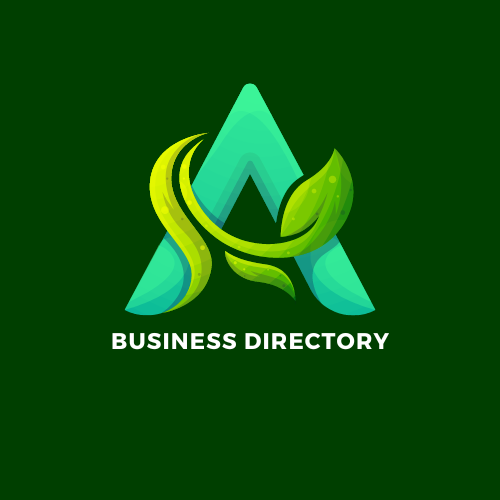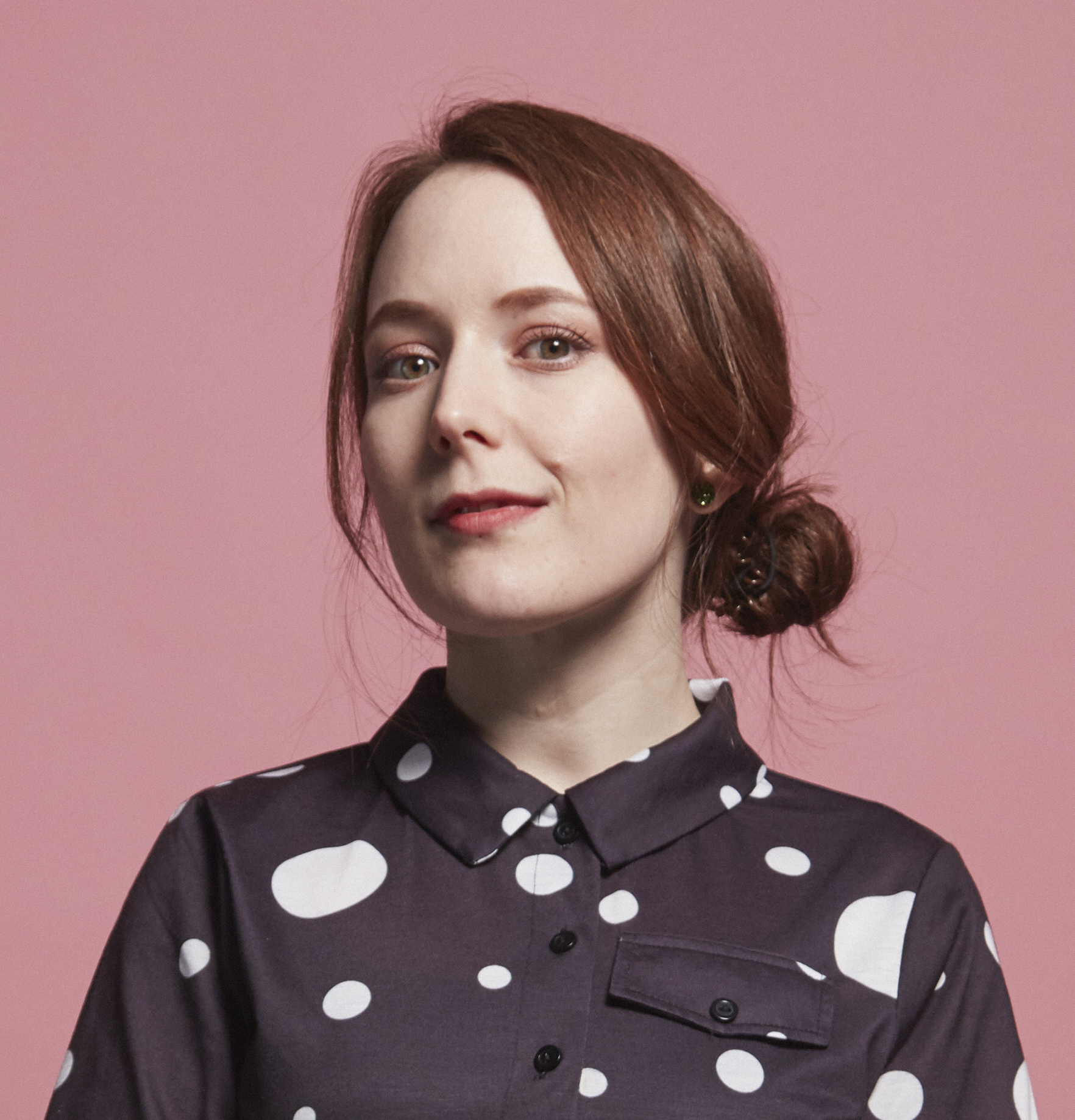Reboot Your Tour Business via the Local Market
teamwork09 . Follow
3 years ago
In his recent webinar, Josh Oakes of The Sunshine Tribe shared tons of actionable advice for rebooting your business using your local market – something that more and more operators are considering as international travel remains low.
You can access the recording of the full webinar here.
But if you don’t have time to watch the whole session, don’t worry! We’ve summarized the key takeaways below.
So how do you make your experiences interesting for locals?
There can often be pessimism around creating tours for locals, with popular opinion being that locals don’t pay big money and they aren’t interested in what you’re selling. But Josh doesn’t believe this to be the case – he’s confident locals will pay if you are solving a problem for them.
Locals may not want to pay for the exact same tour you would sell to someone who’s never stepped foot in your area, but they may well be interested in an experience that has been created with them in mind.
Designing for Locals
With a little creative thinking, you may be able to tweak your existing activities in order to make them stand out in your local area and attract a new audience who are ready and willing to pay to have an awesome experience close to home.
Here are Josh’s 6 steps to creating experiences designed to engage your local community:
- How to find a market segment that needs what you’re selling
- Proving your concept via ‘deep dive’ research
- Ironing out the creases – take your experience for a ride
- Pricing 101 – do’s and don’ts when pricing a locally geared experience
- Copywriting best practices – how to get your messaging right
- Marketing – paid ads, local SEO and keywords, online platforms & local collaborations
- How to find a market segment that needs what you’re selling
- Over 60s or retired folks who have been denied their yearly international vacation due to the pandemic
- Corporate businesses with Christmas parties and team building sessions to plan
- Families looking for ways to blow off steam after being cooped up inside
- Couples wanting a break from looking after the kids
- Groups looking to celebrate milestones that took place during lockdown
- Bachelor or Bachelorette events
- Local clubs, groups or societies
- It’s important to have a good idea of who your audience is so you can start to brainstorm what their interests are, and what problems they have that you could solve.
- Proving your concept via ‘deep dive’ research
- Talk to as many of them as possible. Identify people that fit the demographic and reach out to set up calls and meetings.
- Throw all the inquiries you’ve received from local visitors in the past into a spreadsheet and work your way through them to identify patterns.
- What kind of activity would you enjoy?
- What wouldn’t you enjoy?
- Have you done any local tours that you’ve loved?
- Ironing out the creases – take your experience for a ride
- Hold a trial run of your tours and invite the experts to get their feedback
- Be clear on your objective and how you want to get it – “I need your feedback by X date”.
- Make it sound fun and don’t focus too heavily on the research.
- Mention that you may need to follow up with a phone call.
- Let them suggest a good time slot – then if they say no, you know it’s because they aren’t interested.
- Pricing 101 – do’s and don’ts when pricing a locally geared experience
- Don’t base your prices on the marketplace – you’re offering something new and the price of your product should be a reflection of its quality and value.
- Get the experience right first, then focus on the price.
- Segment, segment, segment! Targeting your audience in this way should help you get a good idea of what customers are prepared to pay.
- Test your prices – be sure to run them past some focus groups and reflect on the feedback.
- Copywriting best practices – how to get your messaging right
- Team-building activities – they wanted staff to feel appreciated and to be excited about attending the experience. They also had specific budget constraints.
- The messaging should differ from your previous campaigns because your target audience has changed. For international visitors you are likely to focus more on the destination, timings, and lots of description about the locations. But with corporate business clients, the focus is on convenience, efficiency, and pleasing the boss.
- Marketing – paid ads, SEO and keywords, online platforms & local collaborations
- Start with a small daily budget and see what sticks.
- Run your ads for a while on Facebook and Instagram. it takes time for them to learn about your business and who best to show your ads to. 10-14 days is usually a good starting point.
- Facebook is usually the best platform to start off with.




